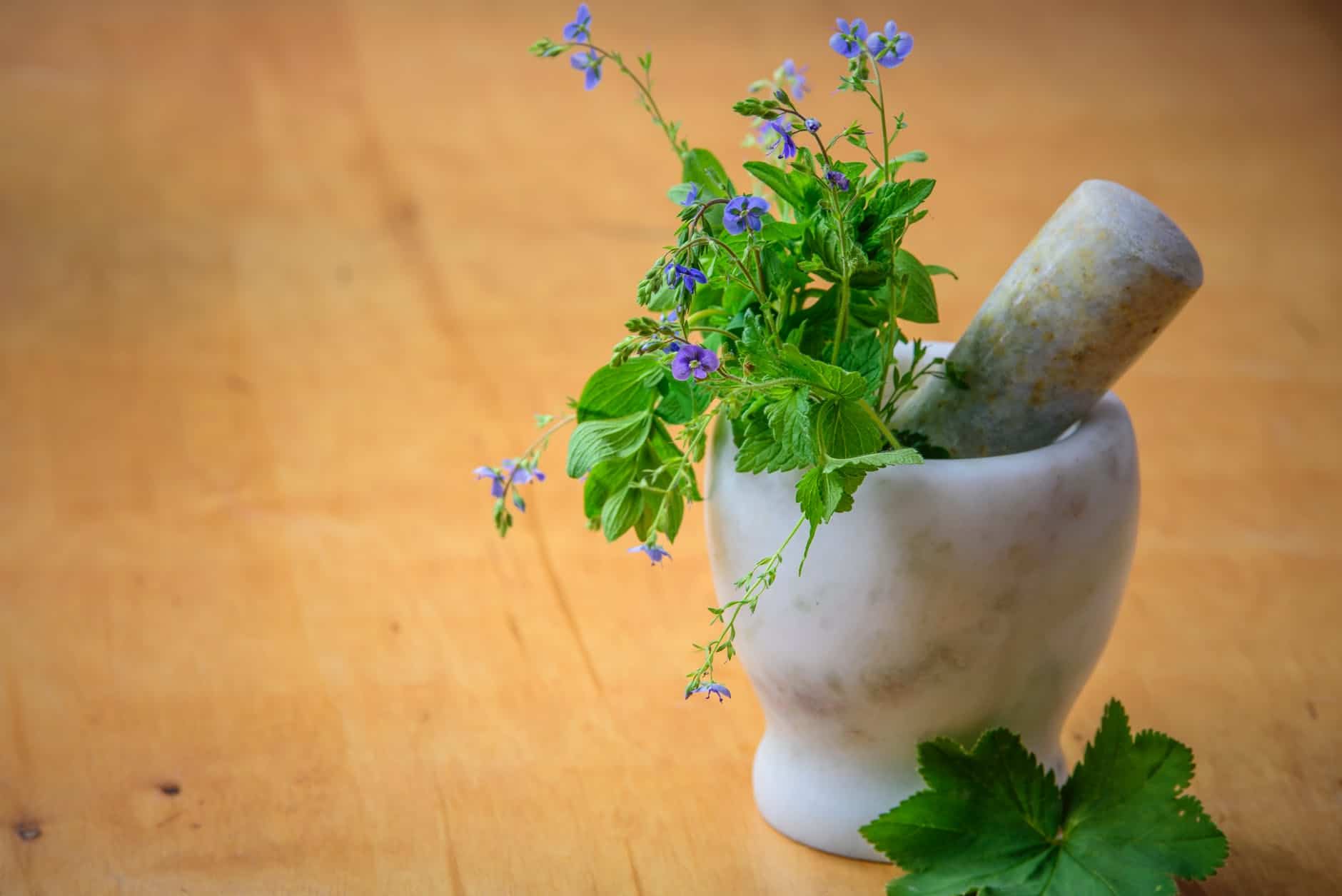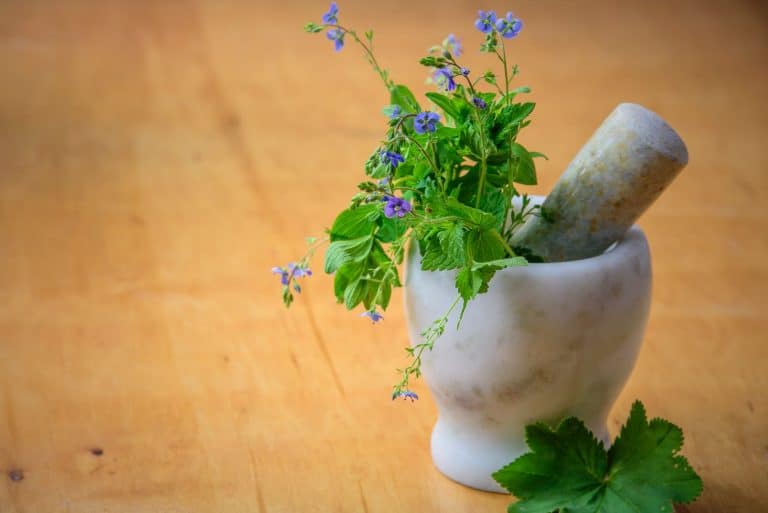
Whether you are looking to pick up a hobby that constructively uses your time or ways to beautify your backyard, a kitchen garden ticks all those boxes and also comes with the benefit of giving you an endless supply of fresh vegetables. This, in turn, saves you money you would have otherwise spent on grocery bills.
I started digging and came across greeneryguide.com, here you can learn a lot about gardening without the off-putting technical jargon that most gardening books use! With the background knowledge and a few basic tools, you can get started on your kitchen garden right away.
Location
The location of your kitchen garden should be favorable and supportive of plant life. Since most vegetables require at least 6 hours of direct sunlight exposure, your location should not be on the shadow side of your house. This will cause almost all the plants in your garden to wilt and die. Trust me, I’ve been there…
The next thing you should look out for at the location is the soil type and the nutrient content. The ideal soil type should have proper drainage such that it holds water just long enough to be absorbed by the roots of your garden plants. This makes clay soil that holds water for too long and sandy soil that doesn’t hold water at all unsuitable.
Choice of plants
So you now have a location and you have even tilled the land and you are ready to plant, which plants do you go for?
The choice of plants to have in your garden depends on the climate and soil type of your region. Instead of going through all the research looking at which plants thrives under which climatic conditions, you can ease your work by simply looking at the commonly grown plants in your neighborhood. Pick one or two.
As a beginner, start with one or two plant species in a small space and you can later diversify to more plants on a bigger portion as you learn the ropes of gardening. While enthusiasm is great, starting with many plants can make you feel overwhelmed and the plants will definitely die if you don’t give them sufficient attention.
Garden maintenance
Maintaining your garden won’t much of a hard task if you find an ideal location for your garden. Getting adequate light helps the plants fight pests and diseases on their own and you won’t have to intervene towards this end.
Since you want to avoid chemicals from herbicides on your vegetables, uproot weeds on your gardens by hand as soon as they appear. Mulching also helps with weed control as well as boosting soil facility and regulating soil temperatures.
You don’t have to water your garden during the rainy season but you’ll have to water them regularly during the dry months.
Harvesting
When well taken care of, most leafy vegetables are ready for harvesting after 6-8 weeks of planting. The exciting thing about vegetable plants is that the more you harvest them the more they produce. So a kitchen garden is a gift that keeps on giving back.
Wishing you liked gardening does not make it happen 🙂
“ I wish I liked exercise” or mindfulness or some other wellness behavior is something I hear from people a lot. Wishing you liked it does not make it happen. Like gardening, the only way to make something happen is to get out there and do it.
Doing something that isn’t a priority or something you enjoy can still feel good and give you a sense of achievement when it’s done.
Even though I don’t love gardening, this spot of gardening did make me feel good. I was moving and I was outdoors but also I felt a sense of achievement when the garden bed was weeded and clear again.
Sometimes the reward comes from completing the task, even an unwanted one.


